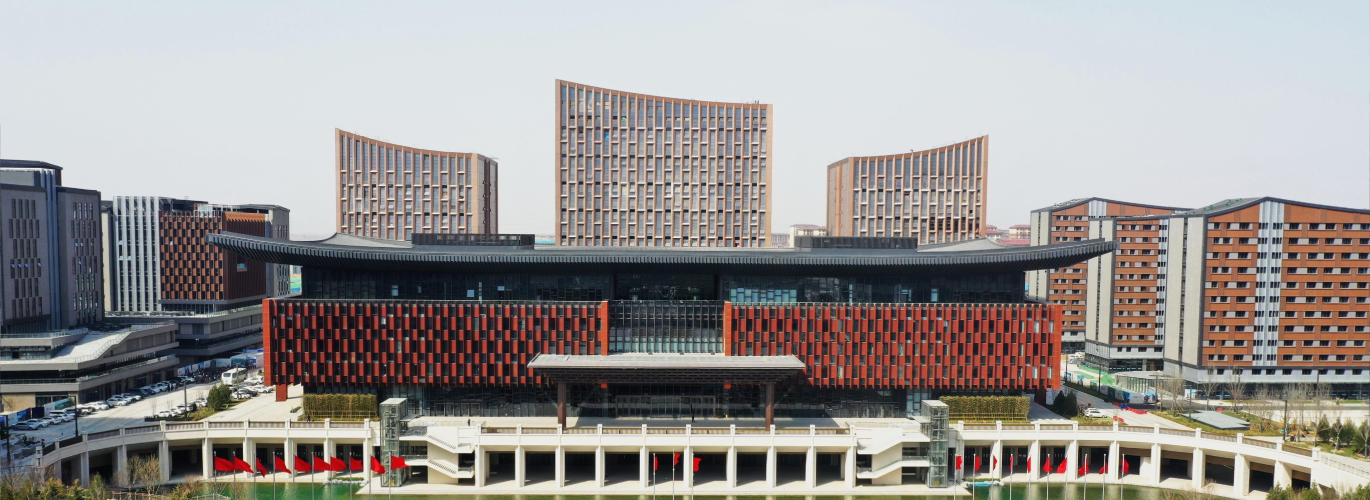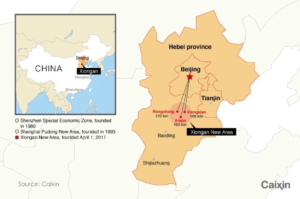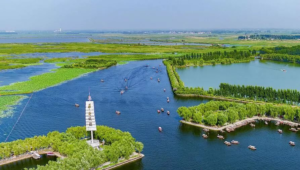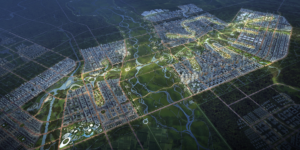Flood control system in Xiong‘an New Area

Xiong’an New Area, often referred to as the “Thousand-Year Plan,” was established in 2017 with a long-term vision to alleviate Beijing’s non-capital functions and promote sustainable urban development. Located in Hebei Province, it is about 100 kilometers southwest of Beijing.

Xiong’an New Area is situated in a basin, which makes it prone to flood risks. As a result, one of the initial priorities in the area’s development has been the construction of a comprehensive flood control system.
Here are the key measures taken to address this challenge:
- Ecological Water System Restoration: The flood prevention strategy focuses on restoring the natural water systems, especially Baiyangdian Lake, which plays a crucial role in absorbing excess water. Efforts have been made to improve its water quality and flood retention capacity, allowing it to act as a natural buffer during heavy rains.

- Flood Control Dams and Reservoirs: Xiong’an’s flood management includes building dams, reservoirs, and channels that can effectively divert floodwaters away from the urban areas. These infrastructures are designed to handle large volumes of water, preventing widespread flooding.
- Urban Water Drainage Infrastructure: If you visit Xiongan New Area, you will find a magical discovery. The ground in Xiongan New Area is different from that in other cities in China. It rarely sees manhole covers on the ground. Instead, it has a complete drainage system. It can prevent floods that occur once every 200 years.
- Intelligent Water Management Systems: The implementation of smart water management technologies allows for real-time monitoring of water levels and weather conditions. These systems help forecast potential flooding events and coordinate the release of water from reservoirs in a controlled manner to avoid disasters.
- Sustainable Land Use and Green Spaces: Xiong’an’s design incorporates green infrastructure, such as permeable surfaces and urban wetlands, which help absorb rainwater and reduce surface runoff. This not only mitigates flood risks but also enhances the city’s sustainability.

These measures form the backbone of the flood prevention strategy in Xiong’an, aiming to create a resilient and flood-safe city. They combine traditional engineering methods with modern technologies and eco-friendly urban planning to reduce the risk of flood disasters, ensuring that the city can manage extreme weather events effectively.



